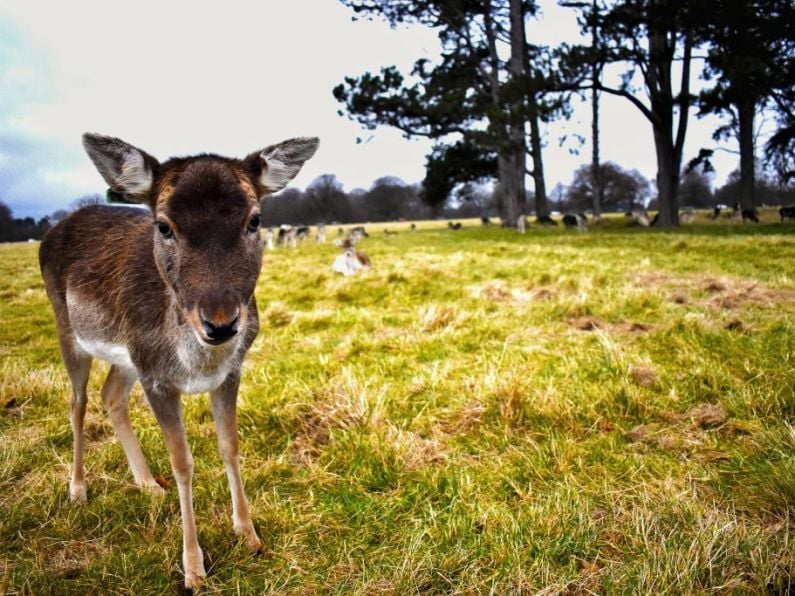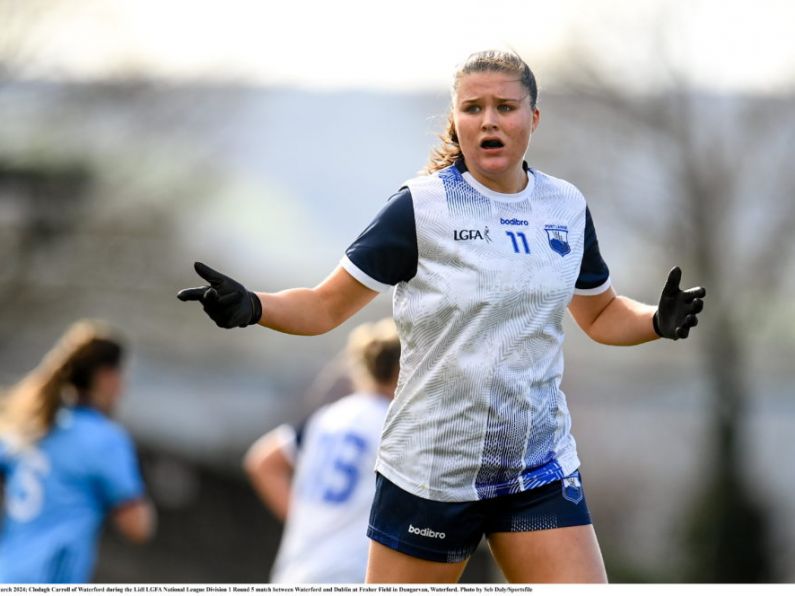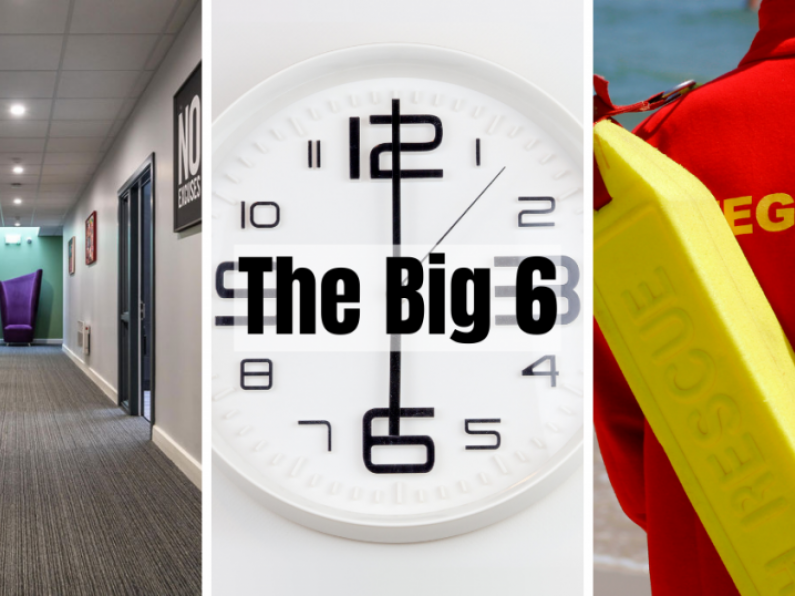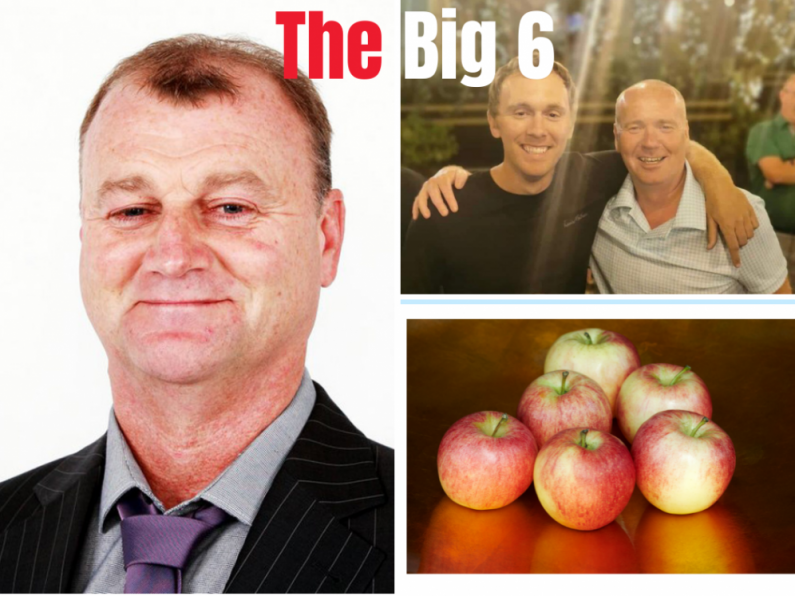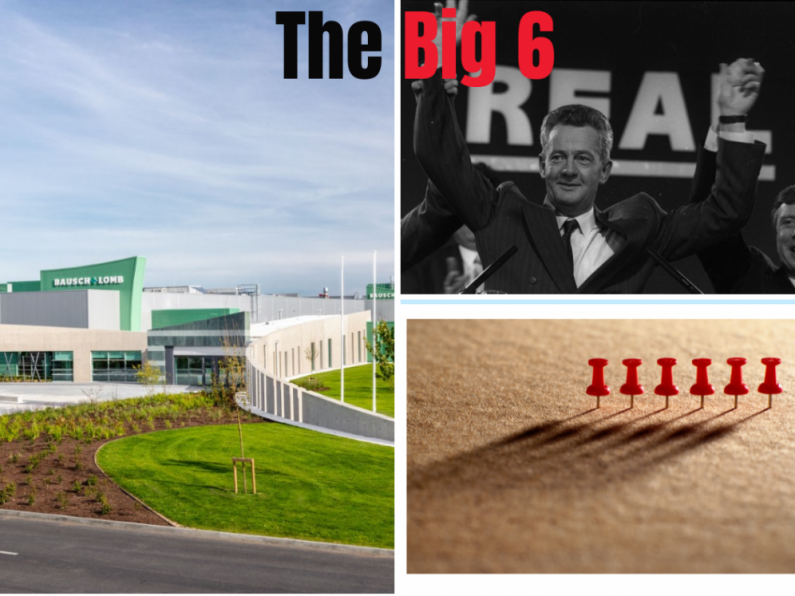THE sound of a buck Fallow deer grunting to mark his territory and attract females can be heard in some county Waterford forests according to Damien Hannigan. These deer are the predominant species found in the West of the county, with Sika and Fallow making up the population in the East.
We don't know how many are out there at the moment as there is yet to be a deer census carried out in Ireland, but we know these deer are roaming the wild from the statistics relating to the numbers that have been culled in the county released by the National Parks and Wildlife Service (NPWS).
According to figures obtained by The Irish Deer Commission by the NPWS, a substantial number of deer are culled each year nationally (over 44,000) and in Co Waterford (over 2,500) in 2020.
West Waterford was named as a ‘blackspot’ in 2015 in a report published by the Department of Agriculture. There are a number of reasons deer may appear more visible in areas particularly at this time of year according to Damien Hannigan who is a deer manager in West Waterford and a member of The Irish Deer Commission.
"We know from the cull returns in county Waterford that 93% of the most recent cull accounted for Fallow deer. In West Waterford, that's the prominent species of deer but in East Waterford, we know there's an expanding population of Sika deer following a private introduction in approximately 2010 near Waterford City.
"What we heard with the Fallow is that they grunt - it almost sounds like a frog but a very large frog at that. The grunting is what the Fallow deer seem to do close to the breeding season, they find a location in the forest which they call a rutting stand.
"They will grunt, scrape and urinate on themselves and on the ground - it's like some sort of aftershave that makes them more attractive to females, Damien said.
Managing Deer
The management of deer in the country at present is a cross-departmental task involving stakeholders such as the National Parks and Wildlife Service, the Department of Housing, Heritage and Local Government, landowners and deer managers including licensed hunters.
Decisions around licensed deer management should be well-founded and based only on scientific data according to Damien Hannigan.
Minister @noonan_malcolm today announced the application process for the 2021/22 Open Deer Season while reaffirming his commitment to mandatory certification for first applicants. He also welcomed hunters back to the countryside to support sustainable deer management. https://t.co/1KaZjvK76K
— Irish Deer Commission (@DeerCommission) March 15, 2021
"The vast majority of people know that deer need to be managed in the absence of a natural predator the numbers can become excessive and they can cause damage, but also in the vast majority of areas where deer are present, they are adequately managed.
"I think it's in the areas where deer aren't adequately managed - we need to support those farmers. Looking at county Waterford, 2,575 deer were culled in the county in one year and there are 228 licensed deer hunters in the county.
"There is already or the landowners that feel that need additional support and statistics in Waterford from the NPWS show this, that less than 2% of the farming population in county Waterford needed to request a permit to control deer outside the current open season (for deer culling) so it's really important that we support these farmers", Hannigan said.
Deer Poaching
The Irish Deer Commission feel culling is an adequate way of controlling the population but have also stressed the importance of contacting local registered license holders for advice.
Damien says that sadly there has been a number of serious, high profile incidents in Waterford where deer have been poached which essentially means killed illegally.
"In licensed, legal deer management there is regard for animal welfare, there's a regard for working in partnership with landowners and that the correct animals are being culled in terms of age, sex, and the right number.
"Deer poaching is armed trespass and there are instances where people are going out in the middle of the night using specially trained dogs to chase down deer and often the deer is subsequently bludgeoned to death or worse. These individuals are chasing deer onto roads which could result in road traffic accidents and also fence damage.
"We've seen in the West Waterford area the dumping of deer carcasses where animals that were discriminately shot and just dumped," according to Damien.
TB in deer
There have been cases of TB found in deer in Ireland over the past number of years, however, of the tests conducted in 2020 only three deer in the country tested positive for TB.
None of these deer were found in Waterford and there is no scientific evidence to suggest deer are spreaders of TB.
If farmers have any concerns around deer potentially being a contributing factor in a TB outbreak, they can contact the Department of Agriculture who will organise for the deer in their locality to be tested free of charge.
Listen back to the full report with Damien Hannigan from The Irish Deer Commission here:
https://www.spreaker.com/user/wlrfm/deer-aoife-mixdown-1

